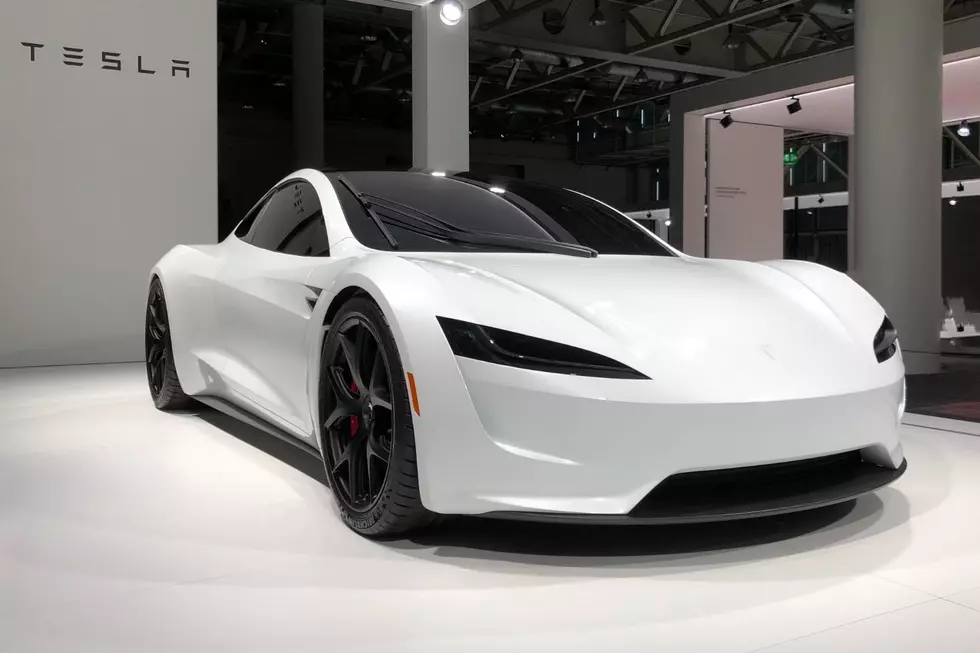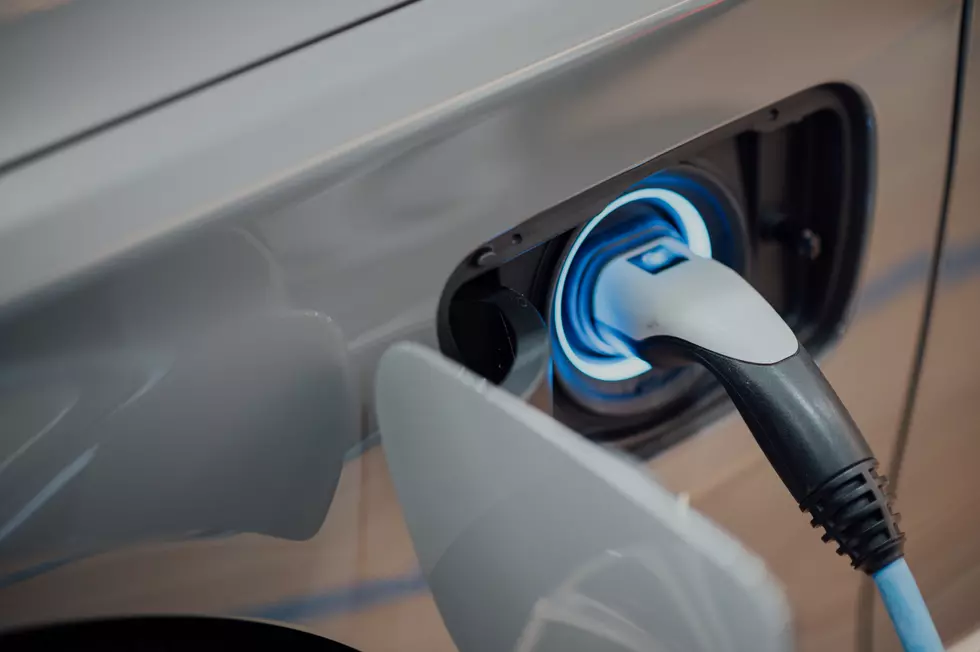
UPDATE: Electric Cars are Mostly Useless in Idaho and Elsewhere
A fellow who lives in the Treasure Valley was proudly driving his electric car when he realized he needed a charge. He pulled off the highway and discovered all the charging stations were busy. He knew of another location a few miles away, got back on the Interstate, and made the next exit. Where his car stalled on the ramp. He couldn’t put it into neutral and move it to the shoulder. This is called a “brick” in EV terms. You’re behind the wheel of a large stationary “brick”. The ramp was blocked for two hours before a tow truck arrived.
True story. The driver and I share a mutual friend. The same friend relayed the story last week.
EVs Were Nearly Death Traps in Virginia
Charles Lane is a columnist for the Washington Post. I wouldn’t call him a conservative. He wrote this week about the massive traffic backup in Virginia. The one that lasted well over a day. Guess what happened to the people stranded in EVs? You can read more by clicking here.
Virginia gets its share of storms and traffic issues. It's the same in Idaho. How about Floridians evacuating in advance of a hurricane? A friend in Daytona explained the EVs will stall and then nobody will be able to move.
EVs Offer Few benefits Compared to Internal Combustion Engines
Holman W. Jenkins, Jr. is a columnist for the Wall Street Journal (and one of my favorite clear-headed writers). He cites a quote from a report by an analytics firm known as CPM Group.
The electric vehicles that politicians particularly love to subsidize “will not significantly reduce carbon dioxide output, only shift its location.”
“There are real constraints”—surprise—“to moving toward clean energy industries,” starting with the unwillingness of voters and consumers to pay for it.
The report also states the efforts of governments to appease environmentalists are nothing but window dressing designed to purchase another election cycle.
The Public Can't Afford the Planned Changes
Jenkins was joined on the Journal’s opinion page this week by Bjorn Lomborg. A Danish author and a guy who has been writing about these issues for decades. He reports on a study by Bank of America that predicts the world will spend 150 trillion dollars over 30 years to meet zero carbon emissions. A figure “almost twice the combined annual gross domestic product of every country on earth”. It simply can’t be done. He suggests we spend far less and build higher seawalls.
Jenkins believes 2022 is the year the climate change bubble bursts. Voters are exhausted by the costs. The price tag and freezing on a highway are the ends of the Green Revolution.
Cool Bikes For Sale on Facebook Marketplace
20 Signs You're Probably Ignoring At Centennial Park
More From Kool 96.5









